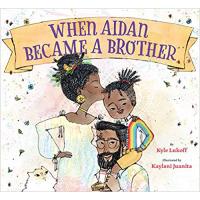Draw a circle around yourself and consider the love you have inside. Then consider what happens when we share that love with the world. “The Circles All Around Us” challenges the reader to open themselves up to others and in doing so, make the world a better place.
Literature...






